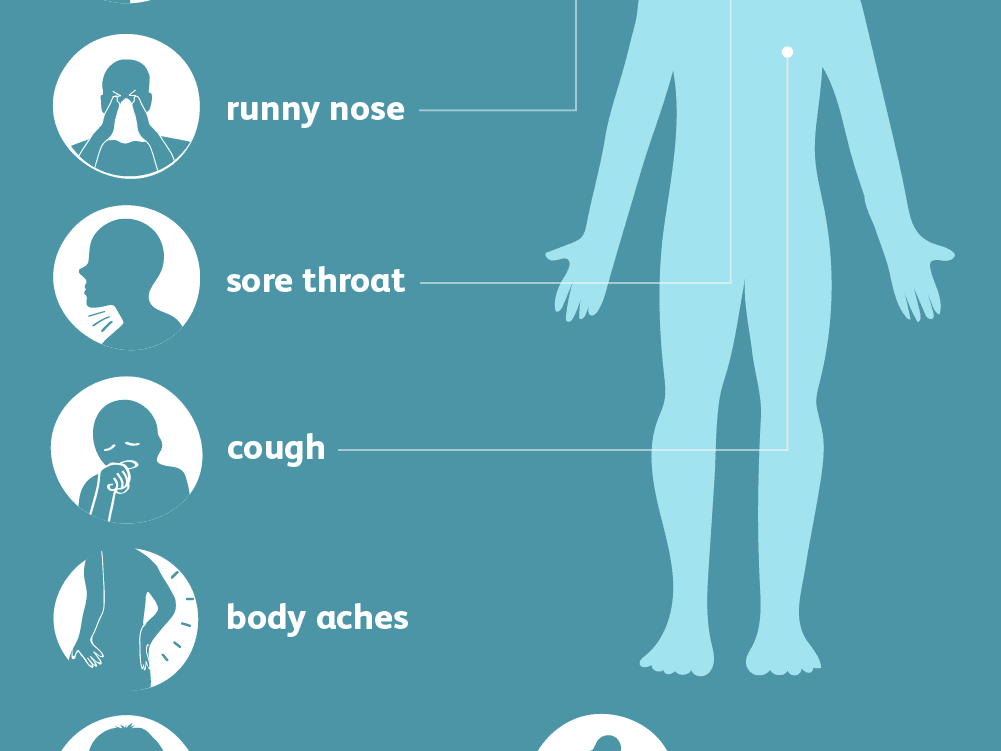
A: The H1n1 virus is a recent influenza virus causing widespread infection in humans
This particular virus was first identified in humans in the US in March 2020 and was then called 'swine flu'. In some ways the H1n1 virus is like any other common influenza virus in that it causes a primarily respiratory infection. However, it is a strain of influenza that does not occur naturally in nature.
There are various symptoms associated with the virus and they vary depending on the geographical region that an infected person lives in. This is mainly due to the geographic spread of the virus among humans. Symptoms include fever, cough, and sore throat, which can be accompanied by nasal congestion, wheezing and even pain behind the eyes. People also feel an itching sensation or burning feeling around the nose and ears. Some people may have vomiting or diarrhea.
Unfortunately, it is difficult for health care providers to identify the H1n1 virus unless it has already caused serious outbreaks. It is important therefore to take preventative measures as early as possible. There is no vaccine available to protect against H1n1. If you develop the disease, it is highly likely that you will contract with other strains of the virus and spread them to others.
Because of the widespread spread of the H1n1 virus, it is important for people who are at risk of contracting the disease to get vaccinated and be monitored closely by their healthcare providers. While the disease is widely spread, the exact location where people come into contact with the virus, their vaccination status, and the current treatment methods of the person can all help healthcare providers to accurately identify a person who has been exposed.
Although the H1n1 virus affects nearly everyone over the age of five, there is some evidence that shows that it may affect infants and children. In addition, children can become immune to the virus over time. As they become older, they may be more susceptible to developing the disease.
In the United States, the highest number of reported cases of H1n1 was reported in California, followed by Florida, Maryland, Illinois, New York and Pennsylvania. Of the six reported cases in Canada, three people were from British Columbia and one each from Quebec, Manitoba and Ontario. In Europe, reports have shown that Italy, Ireland, Greece and Spain had higher reported cases of the disease than the United Kingdom and Denmark.

For people at risk of contracting H1n1, there is no vaccine to stop them from contracting the disease
There is no known cure for the virus either. The virus cannot be cured. However, medical treatment can help to lessen the impact of the illness and decrease the duration of symptoms and allow those who become ill to recover fully.
If you think you may be at risk, get vaccinated and monitor yourself closely to ensure that you are still healthy. Make sure to follow all of your doctor's instructions and follow any treatments prescribed to avoid spreading the virus to others.
People who do contract H1n1 virus typically experience fever and aches or pain in the upper part of the body. In severe cases, some people may suffer respiratory symptoms and even blisters on the lips. Some people with the virus also experience weakness or fatigue and have trouble breathing. If you experience any of these symptoms, contact your doctor right away for medical attention.
While the virus cannot be treated in people who have never been infected, there are several things you can do to reduce the severity of the illness and lessen the amount of time it takes to recover. If you have had an illness before, it is better to take precautionary measures to reduce your chances of contracting the virus again. Avoid sharing personal items like razors and nail clippers with others.
Be careful when handling any type of medication that contains steroids or antibiotics. If you experience any type of flu-like symptoms, contact your doctor as soon as possible to avoid spreading the virus. It is important to stay home during flu season to avoid spreading the disease to others.
If you are at risk, be sure to stay home and rest comfortably and drink plenty of fluids during flu season. You should avoid heavy exercise and avoid any type of strenuous activity to prevent exposure to watery or moist surfaces such as bathrooms, public showers or swimming pools. Wash hands thoroughly after cleaning and use gloves while washing your hands.